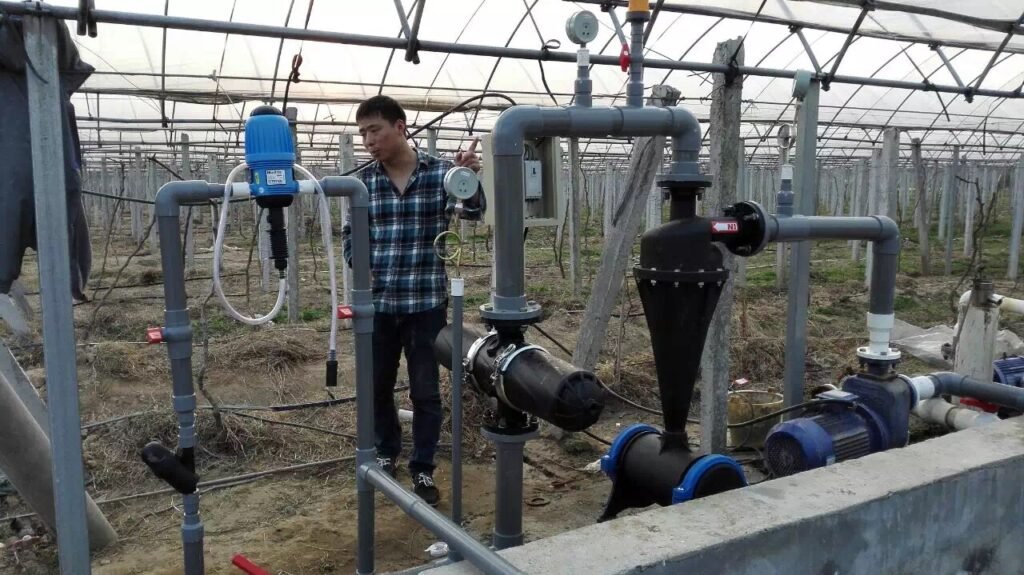Offline filters are installed on a separate line and can be easily isolated for cleaning.
Discover the benefits of installing offline filters on a separate line for easy cleaning and maintenance. Keep your production line running smoothly!

Have you ever experienced a sudden shutdown of your production line due to clogged filters? If so, you know how frustrating and costly it can be. Fortunately, there is a solution that can prevent this issue from happening again: offline filters.
What are offline filters?
Offline filters are a type of filtration system that is installed on a separate line from the main production line. They are designed to remove contaminants from fluids such as oil, hydraulic fluid, or water. Unlike inline filters, which are integrated into the production line, offline filters can be easily isolated for cleaning and maintenance.
Why should you use offline filters?
The benefits of using offline filters are numerous. Here are just a few:
- Longer lifespan for equipment: By removing contaminants from fluids, offline filters help prevent wear and tear on equipment. This can extend the lifespan of your machines and reduce the need for costly repairs.
- Increased efficiency: Clean fluids mean better performance from your equipment. By using offline filters, you can improve the efficiency of your production line and reduce downtime.
- Cost savings: The cost of replacing filters and repairing equipment can add up quickly. By using offline filters, you can save money in the long run by reducing the need for these expenses.
How do you clean and maintain offline filters?
Cleaning and maintaining offline filters is easy. Here are the steps you should follow:
- Isolate the filter: Shut off the fluid supply and isolate the offline filter from the main production line.
- Remove the filter element: Depending on the type of filter you have, you may need to unscrew the cover or remove a clamp to access the filter element.
- Clean the filter element: Use a cleaning solution or solvent to remove contaminants from the filter element. Be sure to follow the manufacturer’s instructions for the cleaning solution.
- Reinstall the filter element: Once the filter element is clean, reinstall it in the filter housing.
- Test the filter: Before reconnecting the filter to the main production line, test it to ensure that it is working properly.
FAQs
Q: What types of fluids can offline filters be used for?
A: Offline filters can be used for a variety of fluids, including oil, hydraulic fluid, and water.
Q: How often should offline filters be cleaned?
A: The frequency of cleaning will depend on a variety of factors, such as the type of fluid being filtered and the level of contamination. Consult your manufacturer’s guidelines for specific recommendations.
Q: Can inline filters be used in conjunction with offline filters?
A: Yes, using inline filters in addition to offline filters can provide an extra layer of protection for your equipment.
Conclusion
Installing offline filters on a separate line is a simple but effective way to keep your production line running smoothly. By removing contaminants from fluids and preventing wear and tear on equipment, you can increase efficiency and reduce downtime. And with easy cleaning and maintenance, offline filters are a smart investment for any business.

